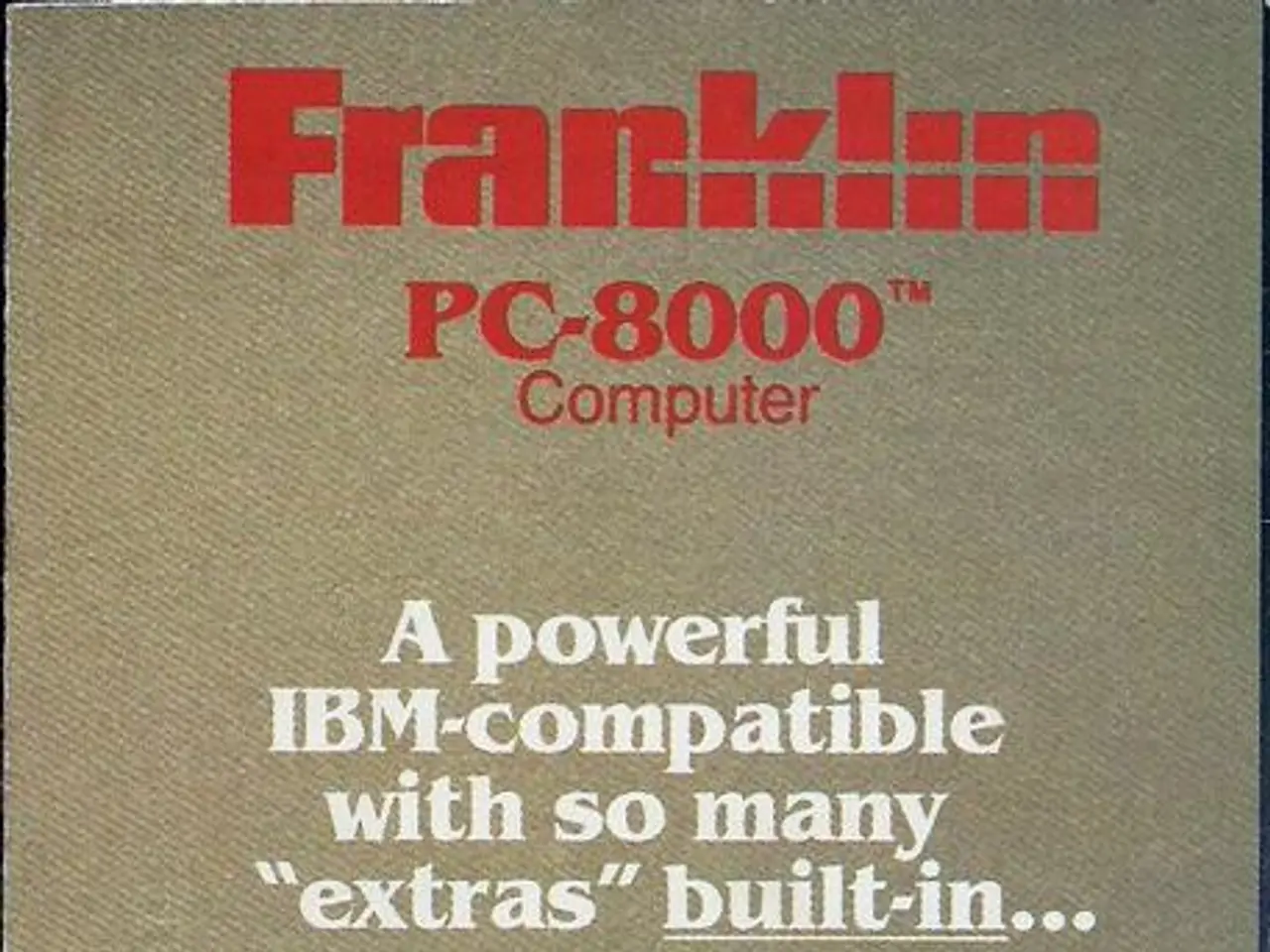PancakeSwap trading volume surges to new peaks; dynamics of CAKE token burn evolve
In a surprising turn of events, PancakeSwap—a leading decentralized exchange on the BNB Chain—has witnessed record-breaking trading volumes, yet the expected burn rate of its native token, CAKE, remains unchanged. A closer examination of the platform's recent performance reveals a fascinating disconnect between high trading activity and CAKE burn rates.
While one might assume that increased trades would lead to an increase in token burn, PancakeSwap's latest data reveals a more complex and evolving DeFi landscape. In May, approximately 90% of PancakeSwap's trading volume stemmed from liquidity pools with low fees, attracting high-frequency traders seeking better rates. Consequently, fewer CAKE tokens have been collected and burned due to lower transaction fees, providing an important insight into the dynamics of DeFi trading.
This shift in trading activity, particularly within low-fee pools, helps explain why the actual number of CAKE tokens burned hasn't risen in proportion to the surge in trading activity. Instead, it has remained relatively constant, compared to previous months with lower volumes but higher fees.
Interestingly, the price of CAKE climbing roughly 15% in May, from $2.03 to $2.50, somewhat offset the deflationary concerns stemming from fewer tokens burned. While the number of tokens burned decreased, the dollar value of tokens burned increased, contributing to the platform's deflationary stance for CAKE.
The price rise also boosts Annual Percentage Rates (APRs) offered to liquidity providers (LPs) in PancakeSwap's farming products. Higher token prices manifest increased yield attractiveness, potentially drawing more capital into farms—especially those tied to efficient, low-fee pools. In doing so, PancakeSwap maintains liquidity depth and appeals to users seeking yield farming opportunities in a rapidly growing DeFi market.
The focus on capital-efficient pools and lower fees comes with a maturing DeFi landscape prioritizing user experience and cost efficiency. PancakeSwap's adjustments to its burn strategy signal a nuanced approach to balancing long-term sustainability with market share growth. As the DeFi sector evolves, the importance of efficiency, not just volume, as a measure of ecosystem strength becomes increasingly apparent.
Looking forward, PancakeSwap's development team, often referred to as "The Kitchen," plans to continue monitoring these trends and adapting strategies in response. With this strategic flexibility, PancakeSwap emerges as a toir de force in the DeFi landscape.
- Despite the surge in trading activity, the decreased burn rate of PancakeSwap's native token, CAKE, is influenced by the shift towards low-fee liquidity pools, attracting high-frequency traders.
- The increase in the price of CAKE partially offsets deflationary concerns due to the decrease in the number of tokens burned, as the dollar value of tokens burned remains high.
- The focus on capital-efficient pools and lower fees in PancakeSwap's farming products enhances the attractiveness of yield farming opportunities, contributing to liquidity depth and growth in the rapidly evolving DeFi market.




